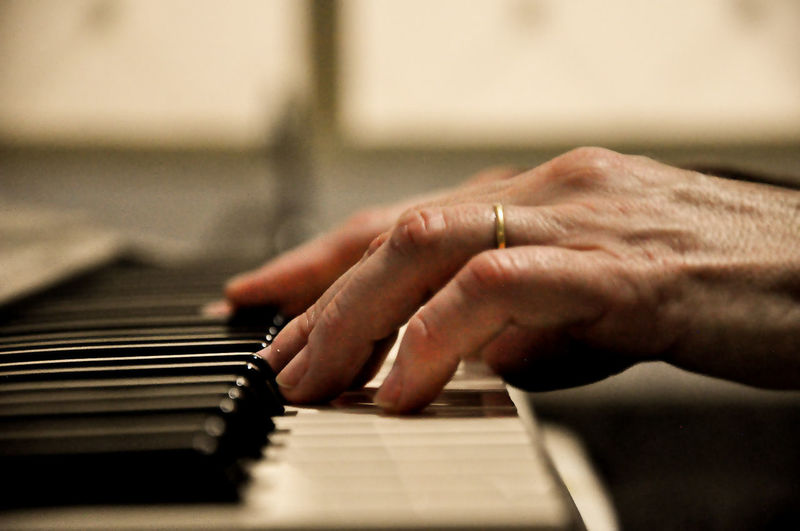When it comes to playing the piano, many people focus solely on playing the right notes at the right time. However, there is much more to piano playing than simply hitting the correct keys. One of the most crucial elements of piano playing is expression.
Expressing emotions through piano music is an art form that requires a deep understanding of both the music and the instrument. A skilled pianist can convey a wide range of emotions through their playing, from the gentle lullaby to the powerful and passionate crescendo.
In this article, we will discuss the importance of expression in piano playing and how it can help elevate your playing to the next level.
What is Expression in Piano Playing?
Expression in piano playing refers to the ability to convey a range of emotions through the music you play. It involves the use of dynamics, phrasing, and tempo to create a musical story that takes the listener on a journey.
There are many different techniques that a pianist can use to express emotions in their playing. For example, a pianist can use dynamics to create contrasts between loud and soft passages, or they can use rubato to add flexibility to the tempo and create a sense of tension and release.
Why is Expression Important in Piano Playing?
Expression is essential in piano playing because it brings the music to life. Without expression, even the most technically proficient playing can sound dull and lifeless. Expression is what connects the performer to the listener and allows them to share in the emotional journey of the music.
Furthermore, expression is what sets great pianists apart from good ones. A pianist who can truly express the emotions behind the music will captivate their audience and leave a lasting impression.
How Can You Improve Your Expression in Piano Playing?
Improving your expression in piano playing requires a combination of technical skill and musicality. Here are some tips to help you improve your expression:
- Listen to recordings of great pianists.
One of the best ways to improve your expression is to listen to recordings of great pianists. Pay attention to how they use dynamics, phrasing, and tempo to create emotional contrasts in their playing. Try to emulate their style in your own playing.
2. Practice with a metronome.
While expression often involves playing with flexibility, it’s important to have a solid foundation of rhythm and timing. Practice with a metronome to develop a strong sense of timing, which will allow you to play with more flexibility later on.
3. Experiment with dynamics and phrasing.
Don’t be afraid to experiment with dynamics and phrasing. Try playing a piece with different dynamic contrasts to see how it affects the emotional impact of the music. Experiment with phrasing to create musical sentences that tell a story.
4. Play with feeling.
Ultimately, expression in piano playing comes down to playing with feeling. Don’t just focus on playing the right notes at the right time. Focus on connecting with the emotional core of the music and conveying those emotions through your playing.
In Conclusion
Expression is a crucial element of piano playing that can elevate your playing from good to great. By understanding the techniques involved in expression and practicing with feeling, you can develop your ability to convey a wide range of emotions through your playing.
So, if you want to truly connect with your audience and leave a lasting impression, focus on developing your expression in piano playing. It may take time and practice, but the end result will be well worth the effort.





Leave a Reply